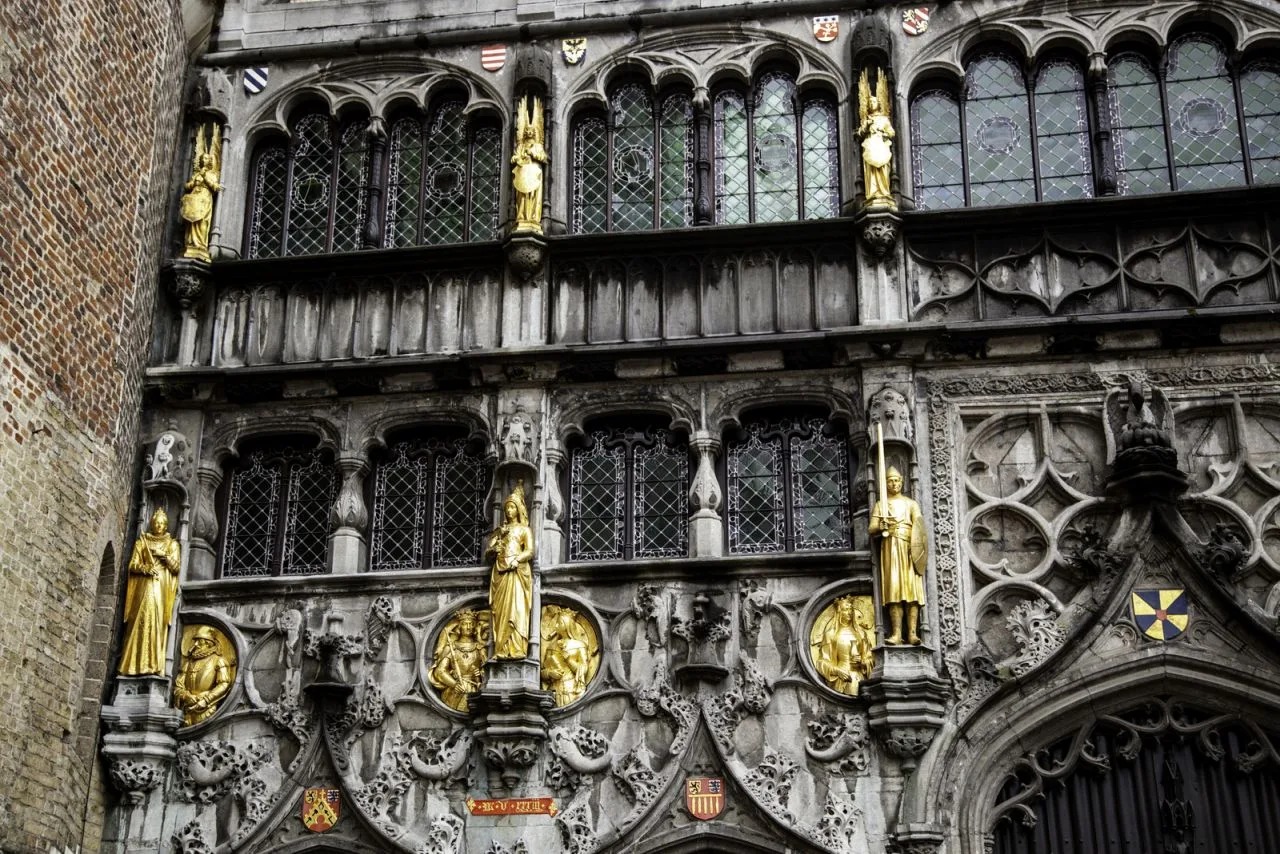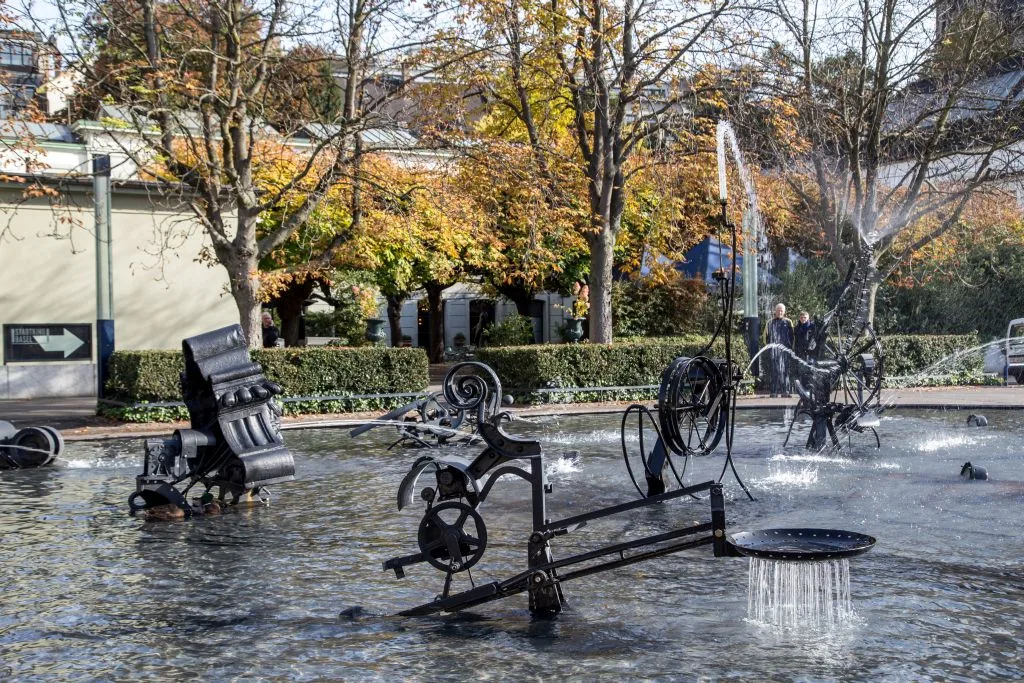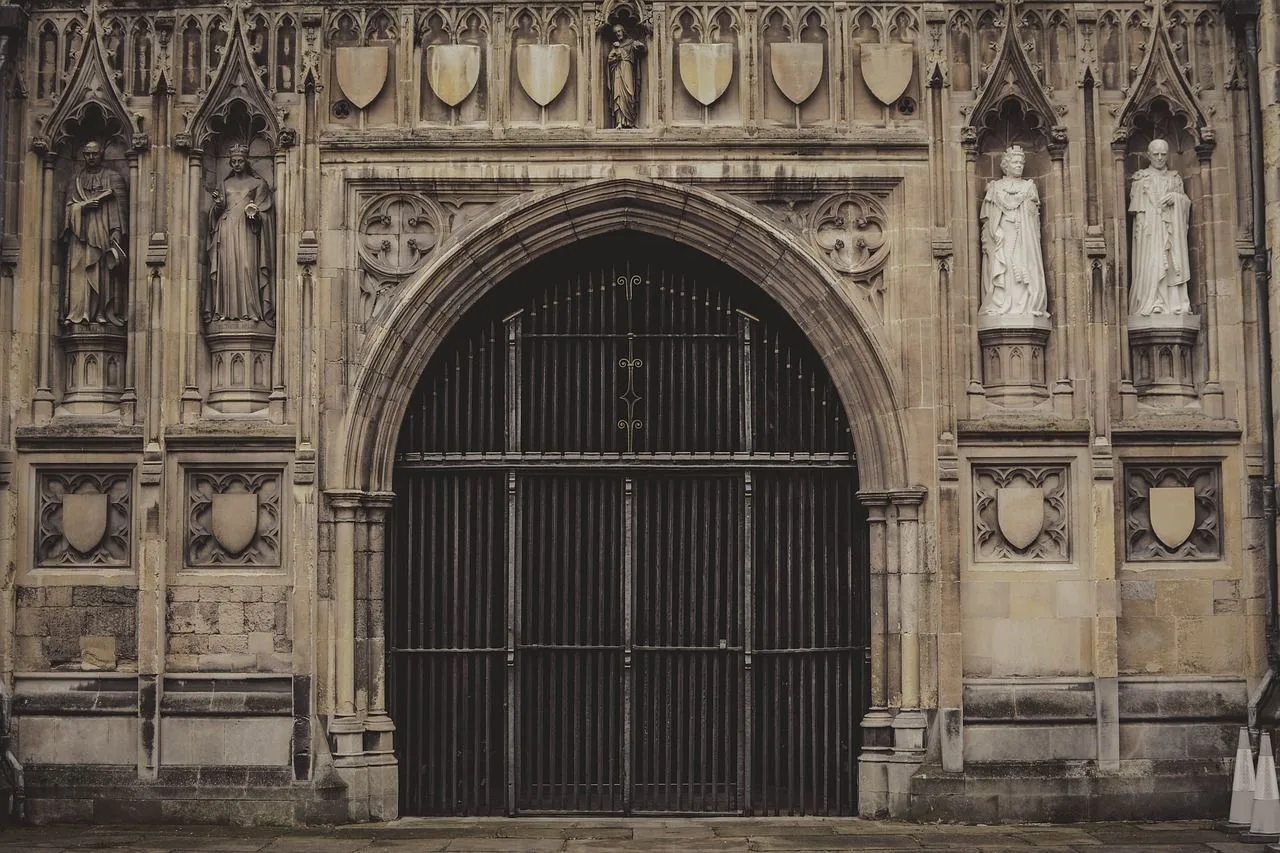Basilica of the Holy Blood
Address
Burg 13, 8000 Brugge, Belgium
GPS
51.2081273, 3.2267026884318
The Basilica of the Holy Blood in Bruges, Belgium contains a number of Catholic sacred items and effects. This church houses a stone that is said to be a relic of the Holy Body, allegedly collected by Joseph of Arimathea, brought from the Holy Land by Thierry of Alsace, Count of Flanders.
The venerated vial containing cloth stained with the genuine blood of Christ is kept in Basilica of the Holy Blood (Basiliek van het Heilig Bloed), a chapel built in the 12th century in the mediaeval town of Bruges, Belgium. According to popular opinion.
 Whether they are strongly religious, highly sceptical, or simply inquisitive, visitors to the chapel can’t help but be drawn in by the blood and the narrative behind it.
Whether they are strongly religious, highly sceptical, or simply inquisitive, visitors to the chapel can’t help but be drawn in by the blood and the narrative behind it.
The cloth on which Joseph of Arimathea is said to have used to wipe the blood off of Christ’s body after the crucifixion has been preserved. The artefact was maintained in the Holy Land until King Baldwin III of Jerusalem presented it to his brother-in-law, Count Diederik van de Elzas, during the Second Crusade.
The Count subsequently returned the relic to Bruges, where it has lain unopened in the Basilica’s upper chapel ever since. The vial is a work of art in its own right, with a golden exterior and angel coronets on either end. If you want to see the relic, you can go to the chapel any time.
Locals and visitors alike go to Ascension Day for the annual Procession of the Holy Blood festival. The Bishop of Bruges brings the holy vial through the streets on this day, preceded by a historical reenactment of the relic’s arrival and other biblical scenes enacted by locals. The first procession was documented in 1291, and it is still held regularly now, some 718 years later.





